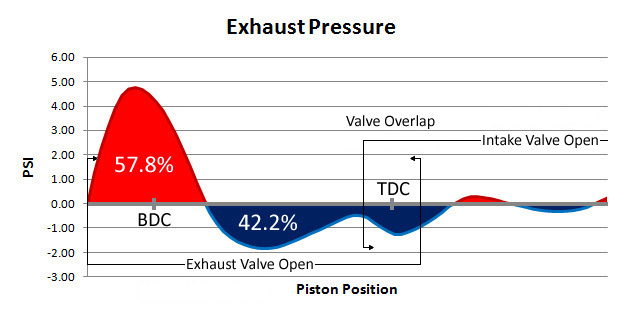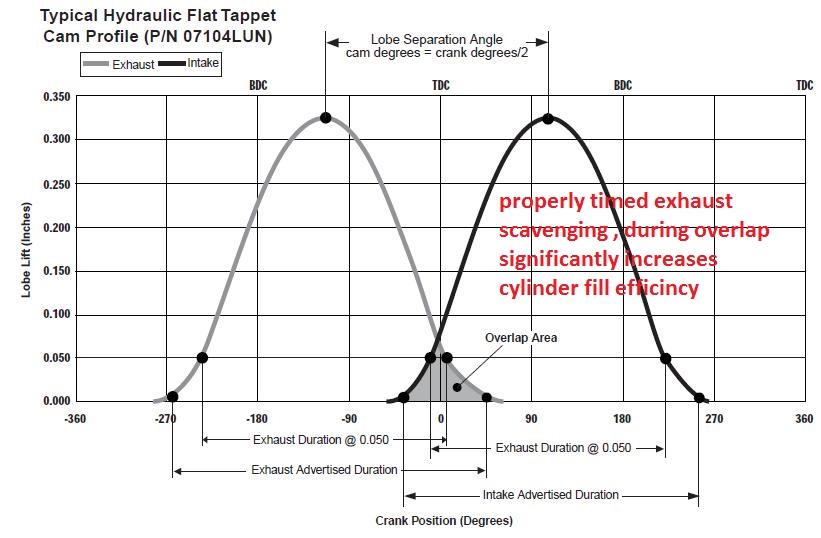Well i got the intake, heads, oil pan, timing cover, and rack and pinion pulled this weekend...
looking at the factory intake, there is a lot of material keeping those ports small!
I'm really glad I went for a new intake vs porting.
I also sucked down some seafoam into the intake prior to taking everything apart, partly I wanted to see the stuff in action...
Pretty neat, I have a ton of carbon build up and it's flaking off of the pistons. I also got a bunch of carbon flaking when the cylinder heads came off, I'll hit it with a vacuum before I rotate the engine.
The area under the intake was very clean, only a few small spots of buildup.
Possible the Mobil 1 I have been running since I bought the car, also a few seafoam assisted oil changes. however the oil pan had a little bit more sludge...
I was very happy to see the condition of the cylinders, smooth and no noticeable ridge at the top, the engine has about 112k original miles.
The previous owner also used some of that radiator stop leak crap at one point, I think it was due to the water pump since it had clearly been changed with a standard cast iron with some fresh rust coloring...
I had flushed the cooling system out and I was pretty curious to see what the head gasket and cylinder head looked like, I was very pleased to see that nothing was plugged.
The timing chain had some slop, it could use a replacement.
The distributor was also not as bad as I expected, I'll order some new electronics and a new gear.
And if all goes well, summit should have my new cam by this next weekend, and I'll order the new cylinder heads right after Halloween.
Also my valve covers lost their little corvette logos so I really could care less about them, and with the polished intake manifold I'm going to go for a pretty set of valve covers. So I'll sacrifice the OEM's for the sake of valve lash adjustment.
And I'll also note that I have an upgraded fuel pump from a newer vette. and the upgraded pump required it's own ground...

The regulator appeared to of been modified already as well, I had no issues setting the fuel pressure.
And while taking everything apart I had a stuck fuel line nut, and I ended up twisting the metal line trying while it untwisted fine I don't trust it now... so I get to take a crash course in making a new line...
I have never done that before, so it should be interesting

and while thinking about the fuel line I started thinking about fluid coolers...
I plan on routing a transmission and power steering cooler so it sit's in front of the ac condenser.
Also an 84 has a single radiator fan, I have a secondary one setup as a pusher, I want to redo the way I have it mounted...
One issue is that area in front of the condenser is super flimsy, no clear way to mount anything there, I started toying with the idea of making a little frame out of aluminum stock, and then using that to mount the coolers...











